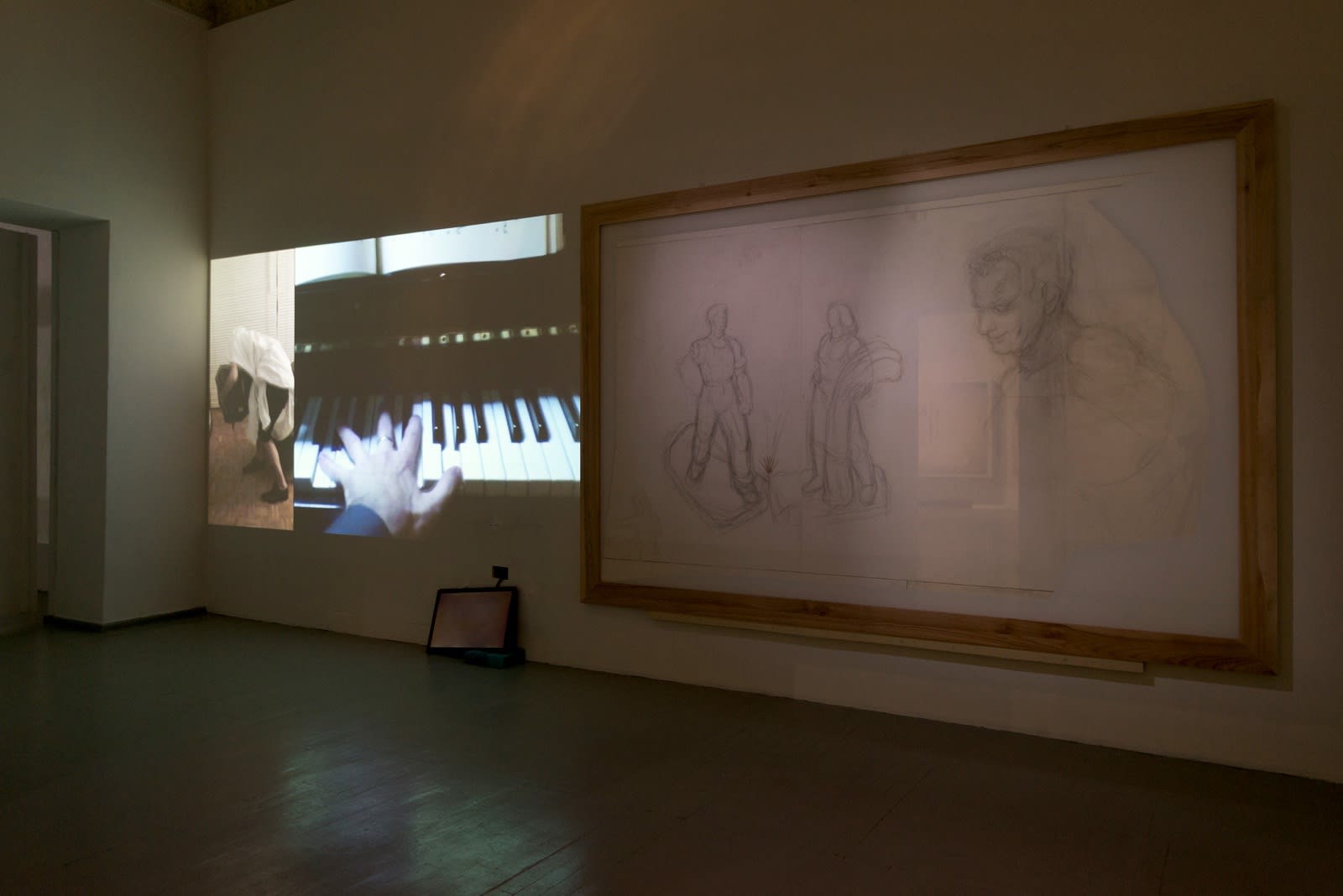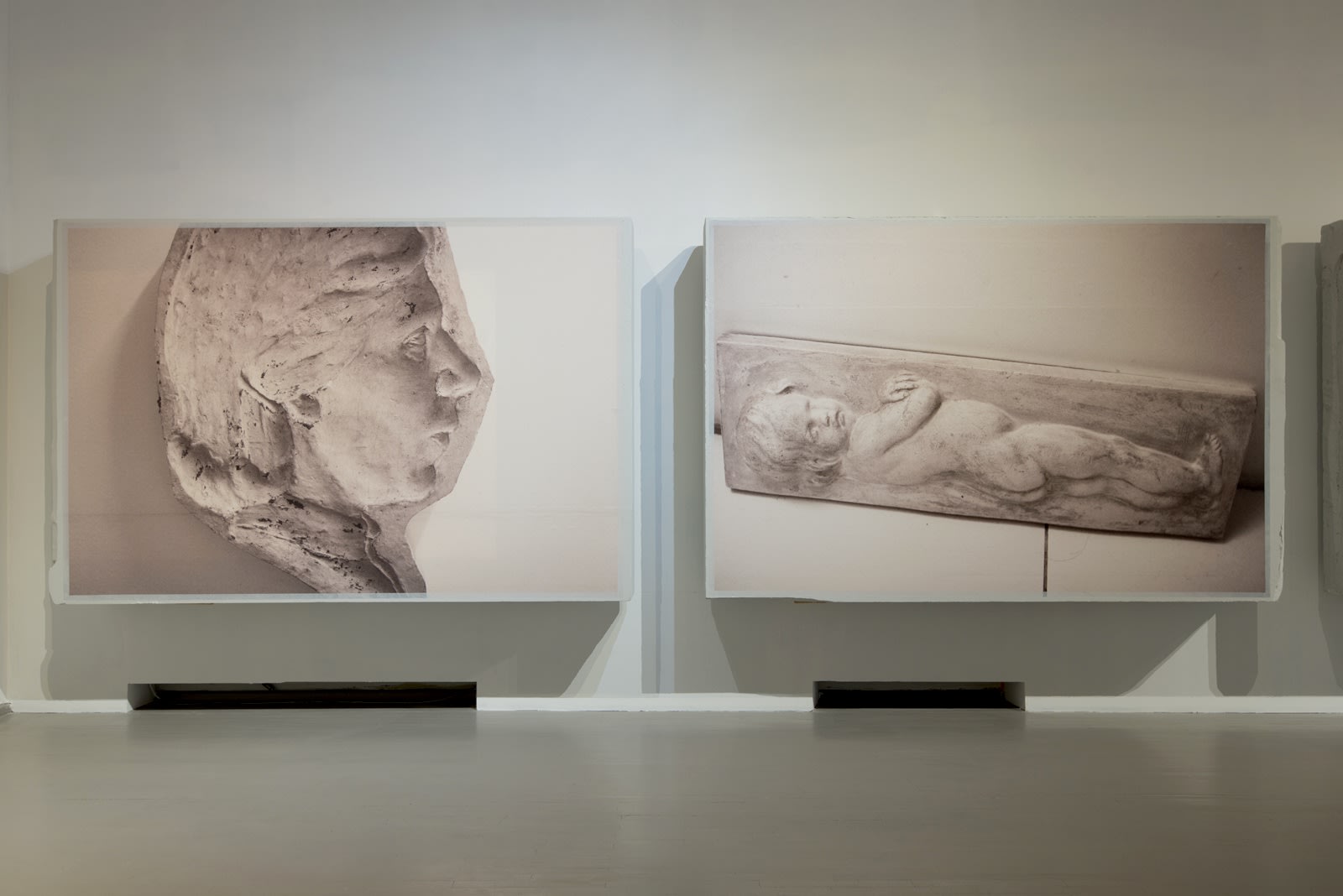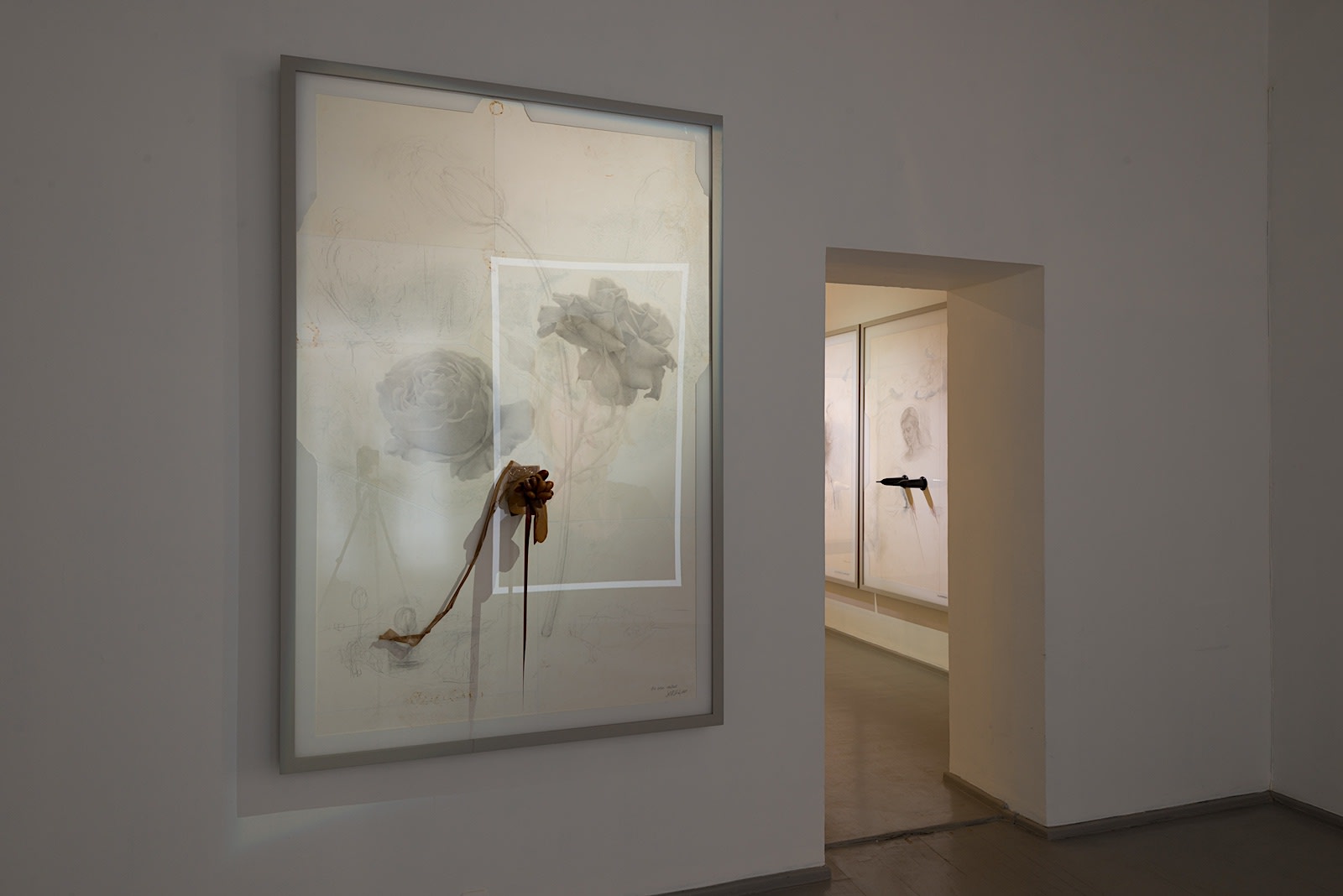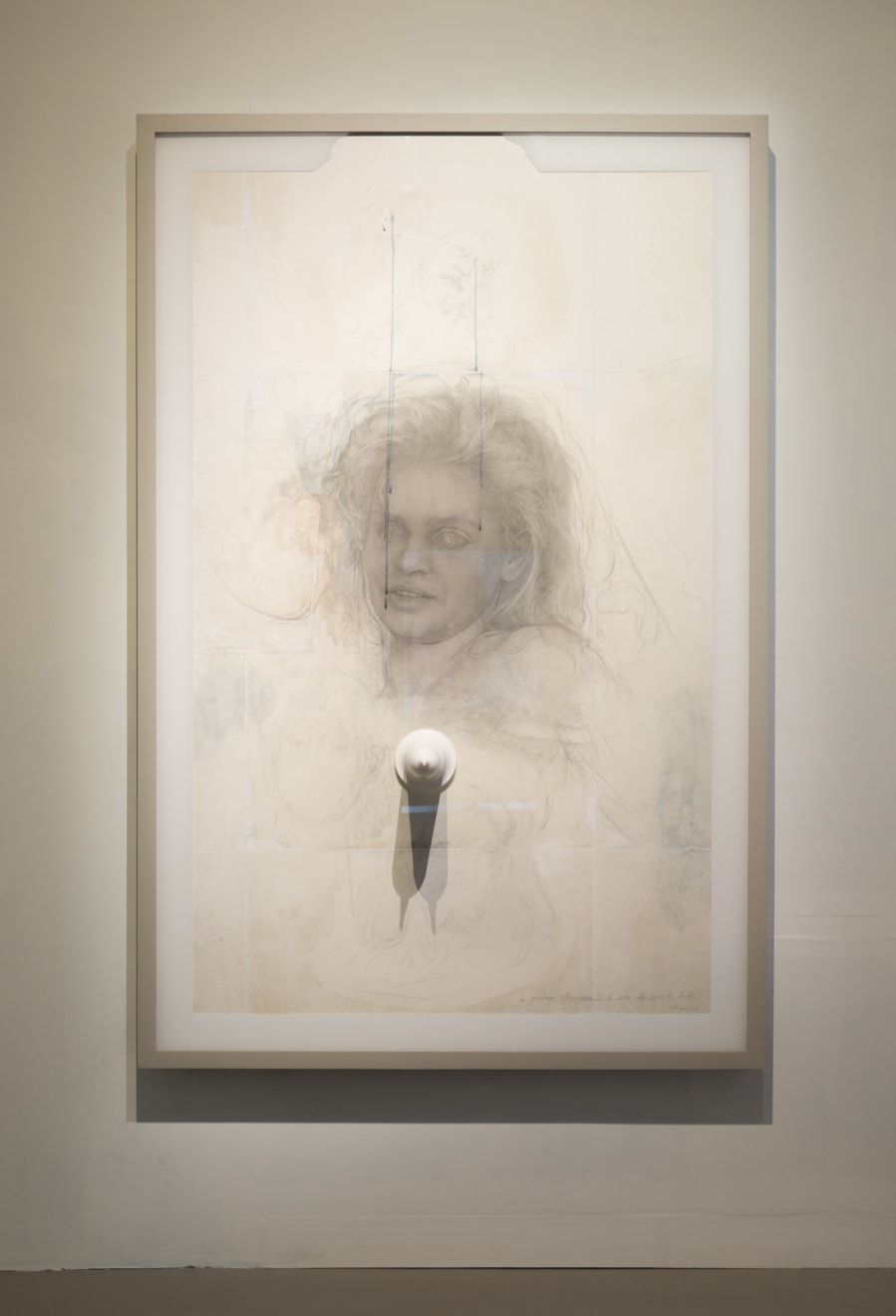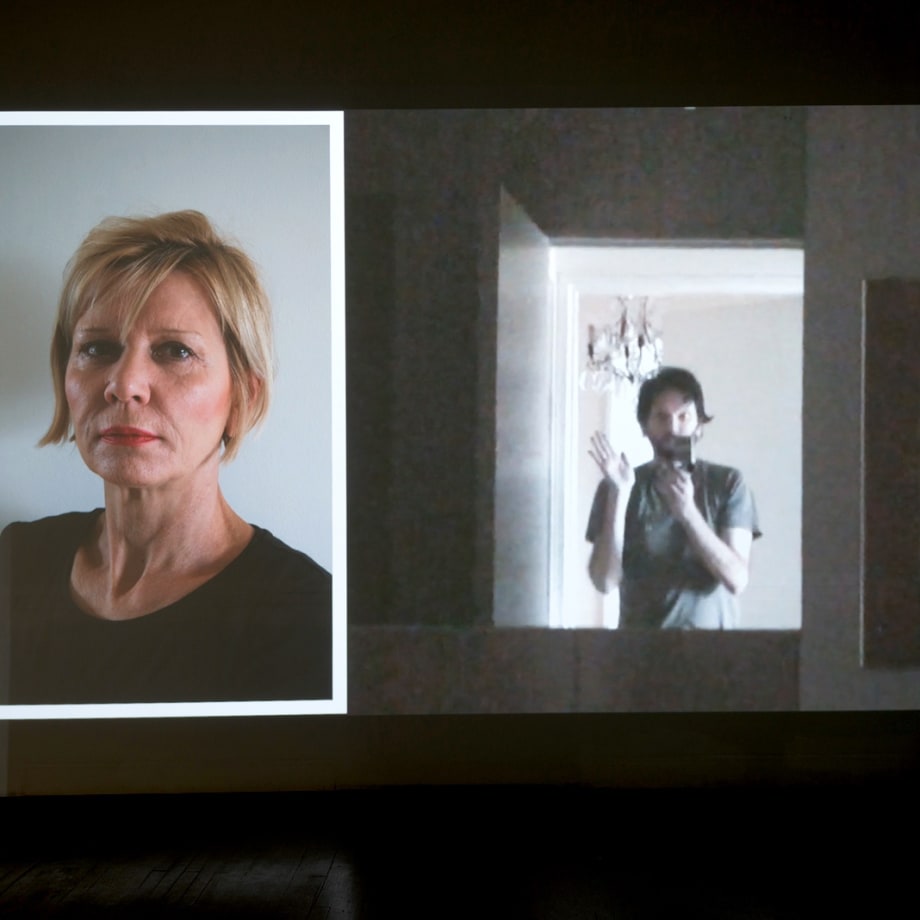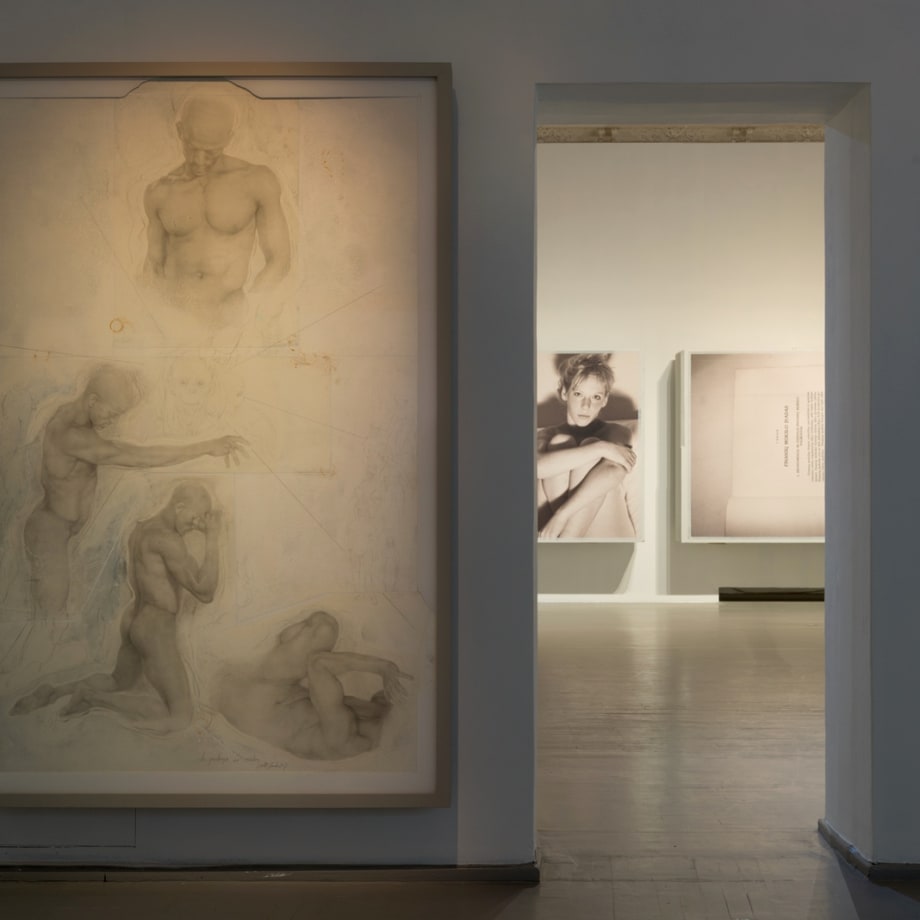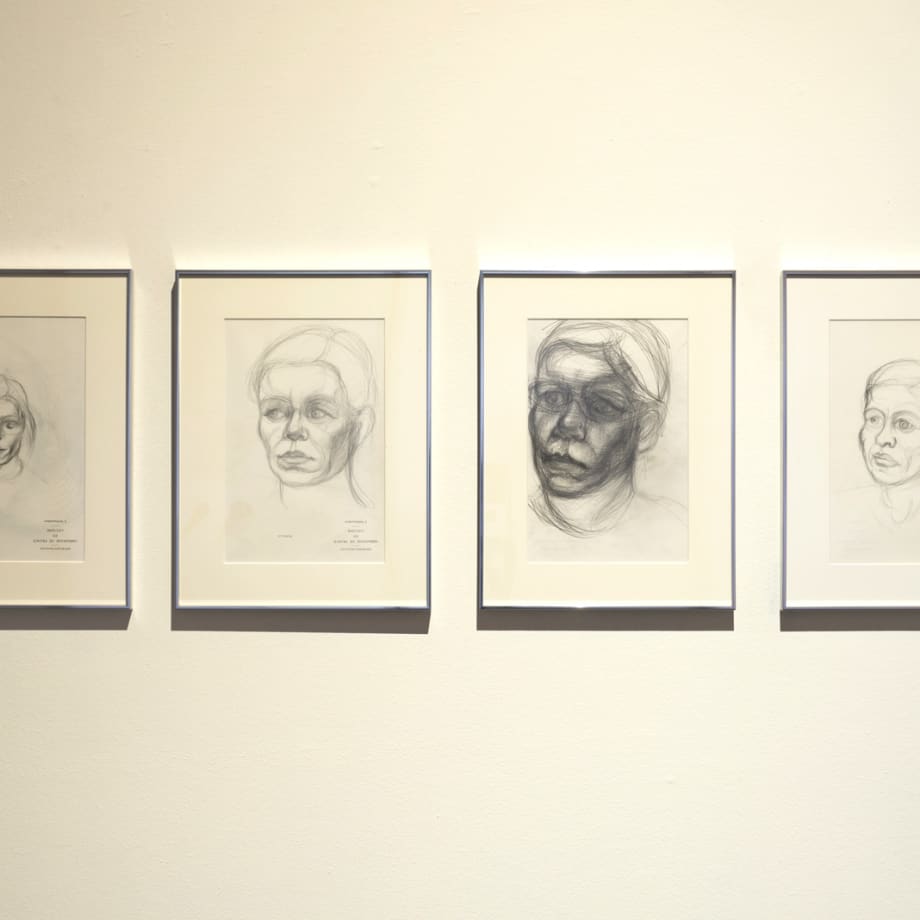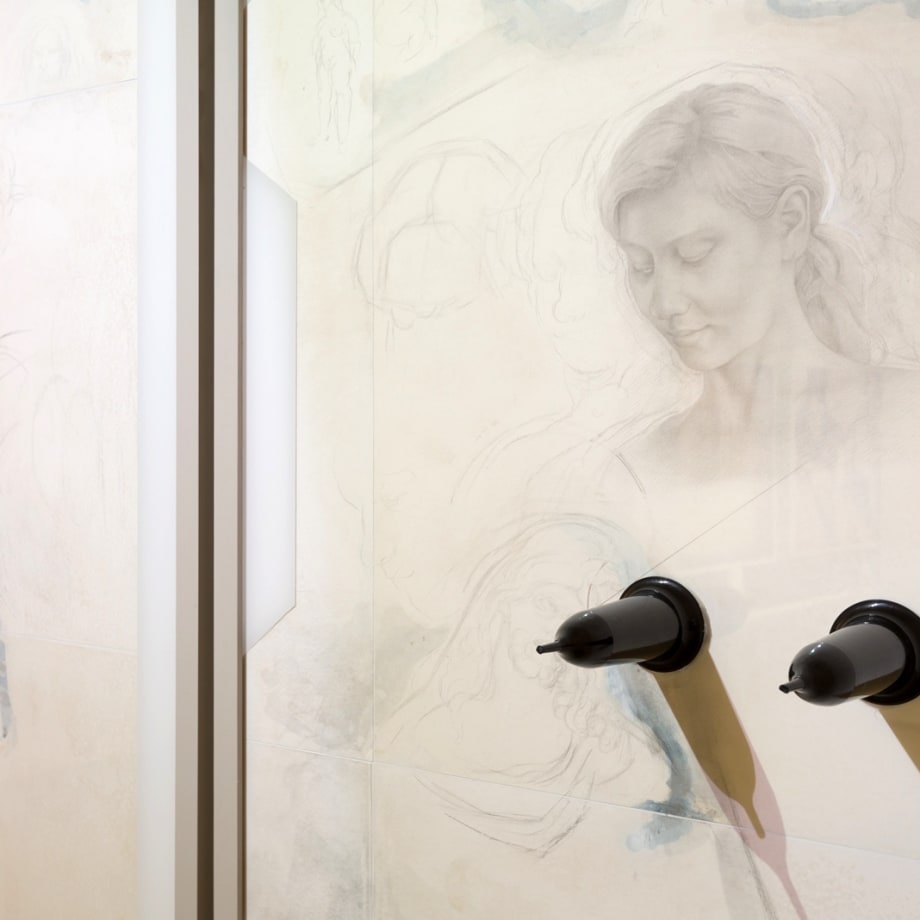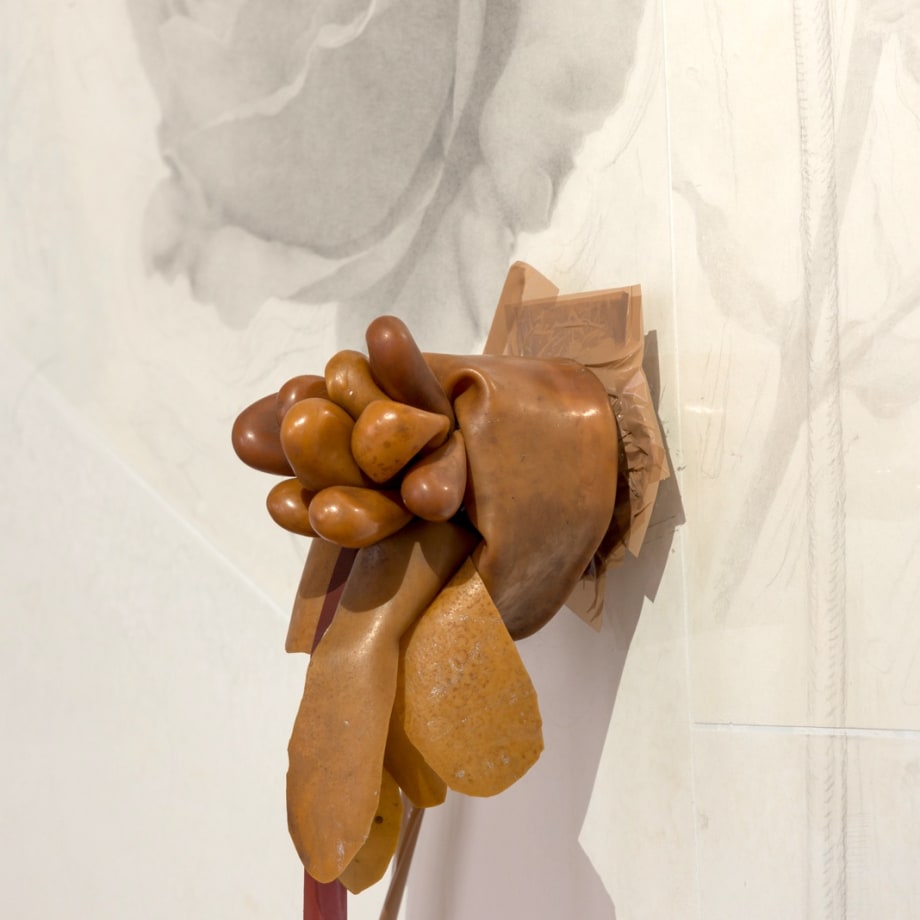S&P Stanikas: spring | le printemps
Danse de singe
Aux sons d’une petite musique narquoise, sautillante,
Essoufflée, — tandis qu’il pleut, tandis qu’il pleut de la pluie pourrie,
Saute, saute, mon âme, vieux singe d’orgue de Barbarie,
Petit vieillard pelé, sournois, animal romantique et tendre.(...)
Encore un air, hélas ! le dernier ! — Et que ce soit cette sourde
Valse de jamais, requiem des voleurs morts, musique en échos
Qui dit : adieu les souvenirs, l’amour et la noix de coco...
— Tandis que la pluie pauvre fait glouglou dans la boue vieille et lourde.
Oscar Venceslas de Lubicz-Milosz
"Everyone would probably agree that Svajonė and Paulius Stanikas have their own particular list of roles they play, a certain artistic repertoire they use masterfully, balancing between the invasion of the contemporary and paradoxical inclusions, inclusions asin pieces of amber, of the quasi-classical, the tragic and the grotesque, idealism and decadence. The artists have a distinct style, which is deliberately damped down by the dusk of romanticism (in the literal sense of the word and as an allusion to the historical style of art), as if it was a combination of the most secret diary and a promotional booklet, a prayer-book and a lifestyle magazine. Of course, as is always the case in these artists’ work – in everyday life, in the present and in the banal - the subject is important. All the same, both the subject and everyday life are absorbed into time that is crumbling and running out. Time is like sand. Banal. But also true."
- Kęstutis Šapoka
Exibition partners
Živilė and Jonas Garbaravičius
Patron
Rolandas Valiūnas
Exhibition supported by
The Lithuanian Council for Culture, Ararat, Idea Artis
Gallery supported by
Vilma Dagilienė, Romas Kinka, Vilnius City Municipality, Lietuvos rytas, Ekskomisarų biuras, Namai ir objektai, Farrow&Ball, Libravitalis
Danse de singe
Aux sons d’une petite musique narquoise, sautillante,
Essoufflée, — tandis qu’il pleut, tandis qu’il pleut de la pluie pourrie,
Saute, saute, mon âme, vieux singe d’orgue de Barbarie,
Petit vieillard pelé, sournois, animal romantique et tendre.(...)
Encore un air, hélas ! le dernier ! — Et que ce soit cette sourde
Valse de jamais, requiem des voleurs morts, musique en échos
Qui dit : adieu les souvenirs, l’amour et la noix de coco...
— Tandis que la pluie pauvre fait glouglou dans la boue vieille et lourde.
Oscar Venceslas de Lubicz-Milosz
Everyone would probably agree that Svajonė and Paulius Stanikas have their own particular list of roles they play, a certain artistic repertoire they use masterfully, balancing between the invasion of the contemporary and paradoxical inclusions, inclusions asin pieces of amber, of the quasi-classical, the tragic and the grotesque, idealism and decadence. The artists have a distinct style, which is deliberately damped down by the dusk of romanticism (in the literal sense of the word and as an allusion to the historical style of art), as if it was a combination of the most secret diary and a promotional booklet, a prayer-book and a lifestyle magazine. Of course, as is always the case in these artists’ work – in everyday life, in the present and in the banal - the subject is important. All the same, both the subject and everyday life are absorbed into time that is crumbling and running out. Time is like sand. Banal. But also true.
This time setp stanikas have decided to somewhat transform their drastic or perverse roles into a lyrical elegy, an installation mood, suffused with interlaced golden strands of sadness and grief, but at the same time the refreshing and intimate breath of gentleness. setp stanikas have ‘cleansed’ their project of (non)political topics. They have focused on the phenomenon of time as an echo of word, sound and music, a recollection, fading and therefore emotionally vivid, and as a fragment of an impression that stings.In this setp stanikas installation, we will see combinations of the artists’ favoured techniques such drawing, photography, video and objects, but this time the difference lies in the content, in its abstractionism going towards plain emotionality. There are no specific historical figures here - that has been typical of more than one setp stanikas installation over the last several years, as indeed there are no straightforward biographical or everyday details - it is as if everything is melting, receding and dying, but at the same time a fresh, but melancholic feeling of renewal and revival is emerging, coming closer – and gathering strength.



